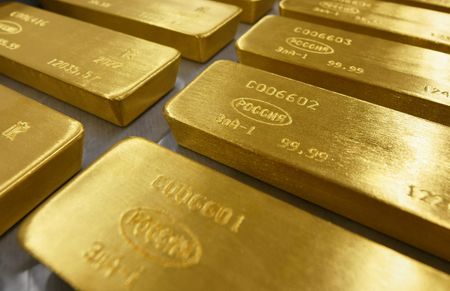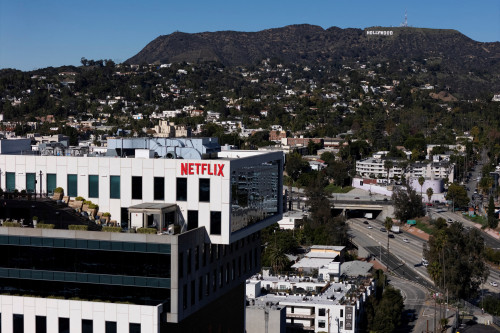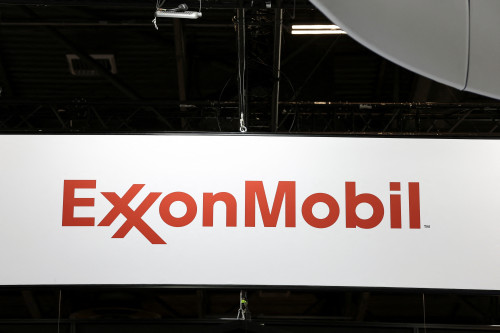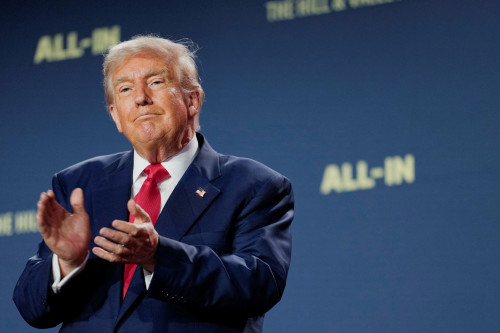In a recent twist of events, gold experienced a decline, touching a one-week low as the Federal Reserve made a commitment to raise interest rates until annual inflation levels reach their 2% target. This announcement has left some market observers speculating that more challenges may lie ahead for the precious metal.
The December contract, which represents gold’s most active futures on the New York Comex, saw a decrease of $27.50 or 1.4%, closing at $1,939.60 per ounce. Concurrently, the spot price of gold stood at $1,920.82 at 15:30 ET (19:30 GMT), marking a decrease of $9.66 or 0.5% for the day.
Just the previous day, spot gold had climbed as high as $1,947.80, stopping just short of the formidable resistance level at $1,950. Commenting on this, Sunil Kumar Dixit, the Chief Technical Strategist at SKCharting.com, noted, “Once again, $1,950 proves to be the bar for spot gold to beat. If spot gold re-establishes its hold on $1,950, it will open the way for an upward test at $1,980. At below $1,924, sellers will be trying to drag gold to $1,900 and eventually to $1,885.”
Gold’s descent coincided with the 10-year yield on U.S. treasuries reaching an intraday peak of 4.495, a level not seen since 2007. This surge in yields reflects a significant selloff in the bond market. Simultaneously, the Dollar Index achieved six-month highs, placing restrictions on the demand for dollar-denominated commodities among those holding other currencies.
Ed Moya, an analyst at the online trading platform OANDA, summarized the situation by stating, “Gold’s kryptonite remains a hawkish Fed that is fueling a bond market selloff.”
Despite maintaining interest rates for September itself, the Federal Reserve projected another quarter-percentage point rate hike by the year-end. Fed Chairman Jerome Powell stated during a news conference, “We are prepared to raise rates further if appropriate. The fact that we decided to maintain the policy rate at this meeting doesn’t mean we have decided that we have or have not at this time reached that stance of monetary policy that we are seeking.”
Notably, the Fed had already increased interest rates 11 times between February 2022 and July 2023, adding a total of 5.25 percentage points to the prior base rate of just 0.25%. The central bank’s forecasts indicate that U.S. rates are expected to hover around 5.1% throughout 2024.
Ed Moya further added, “The end of tightening is here for Europe, but higher-for-longer means investors will continue increasing their fixed income exposure. Gold will have one last round of weakness here as US growth exceptionalism will keep yields trending higher. The peak in Treasury yields is almost here, but until recession risks become the base case for the US, gold might struggle to stabilize.”





